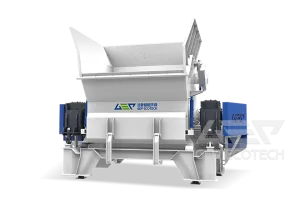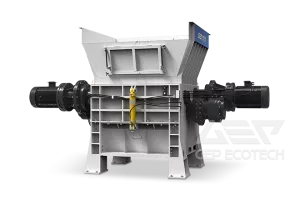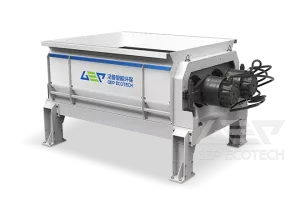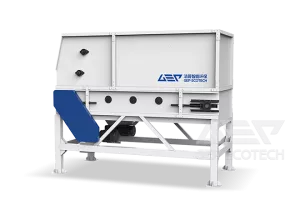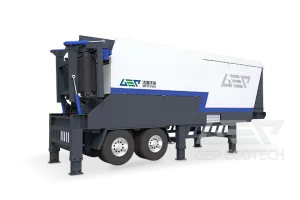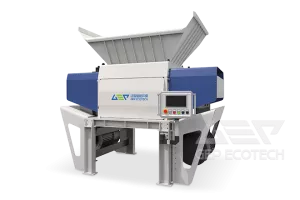The components of waste car are complex, including a large number of waste steel, waste non-ferrous metals, waste plastics, waste rubber and other renewable resources. Recycling them can effectively promote the scrapping and renewal of old cars, promote energy conservation and emission reduction and the development of circular economy, which is an important way to ensure the rational utilization of national resources. Waste car shredding production line is one of the most important equipment in the waste vehicle recycling industry.
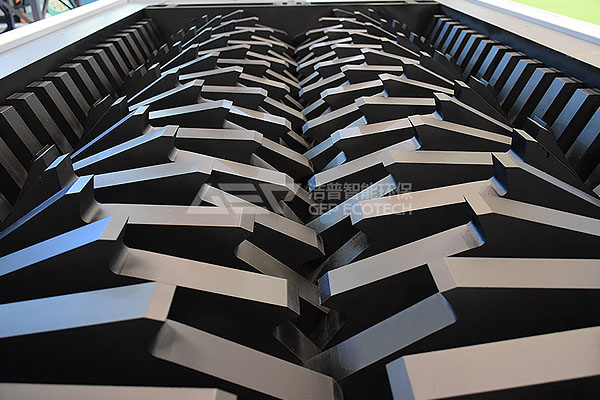
Disposal process of waste car:
In order to prevent waste liquid pollution, before dismantling each scrapped vehicle, the oil, fuel, antifreeze, booster oil, brake oil, glass water and freon in the car should be drained and recycled by downstream qualified enterprises.
The disposal process includes four core links: recycling, dismantling, crushing and remanufacturing. Among them, parts, tires, plastics, electronic and electrical equipment that can be reused can be obtained through disassembly, and then can enter the remanufacturing process to obtain the recycled parts; while the parts that cannot be reused are broken and converted into raw materials such as steel and plastics.
GEP waste car shredding production line
GEP waste car shredding production line integrates crushing and sorting system, which can gradually crush and refine scrapped vehicles from coarse to fine, so as to reduce volume and facilitate subsequent processing. The intelligent dust control system can efficiently dispose the dust produced in the crushing process without secondary pollution. GEP a waste car shredding production line can quickly and safely replace manual flame cutting, environmental protection, efficient and safe disposal of end-of-life vehicles, and maximize the recycling of waste metals.
A large number of scrapped vehicles are thrown into GEP waste car shredding production line by crane after being disassembled and disposed in the early stage. Through crushing, dust removal, transmission and sorting, recyclable materials such as waste steel, waste non-ferrous metal, waste plastic rubber and waste glass are finally sorted out.


